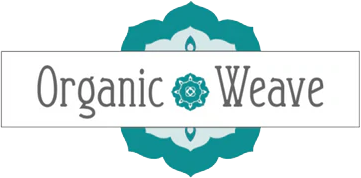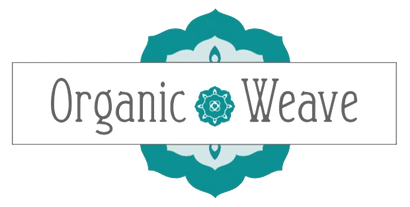Handmade rugs embody a rich legacy of craftsmanship, culture, and artistry that has been passed down through generations.
The allure of these rugs lies in their intricate designs, vibrant colors, and the painstaking process of their creation, which can take months or even years to complete.
Each rug tells a unique story, reflecting the history, traditions, and skilled hands of the weavers who bring them to life.
Our handmade rugs are crafted near the holy river Ganges in India, using age-old techniques such as handknotting, handtufting, and flat weaving.
Making rugs by hand is a labor of love.













